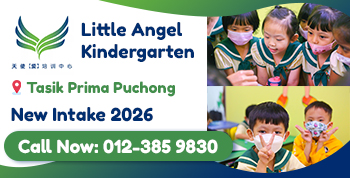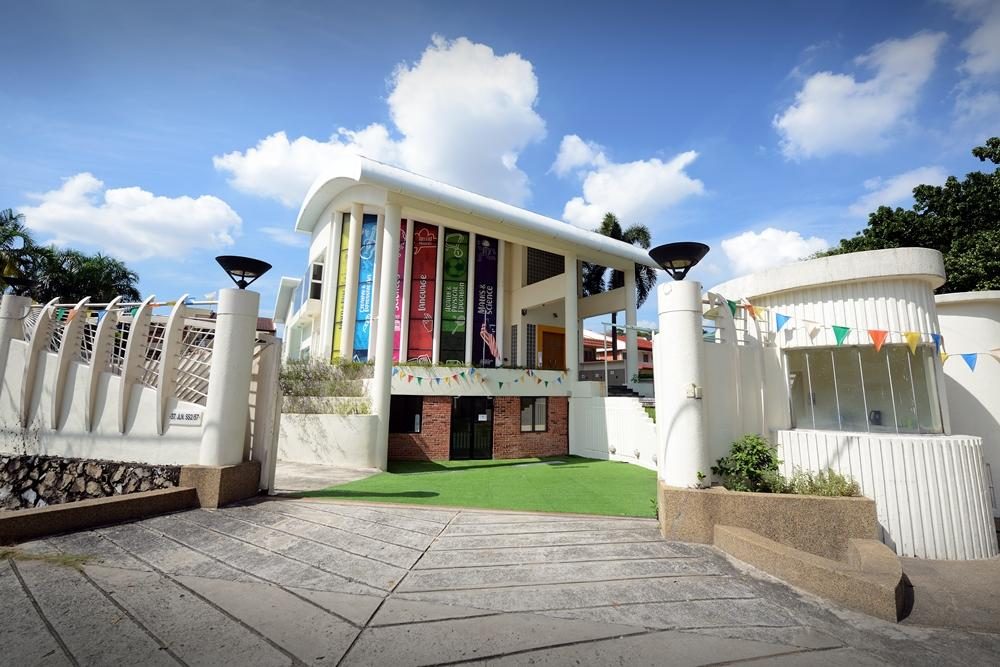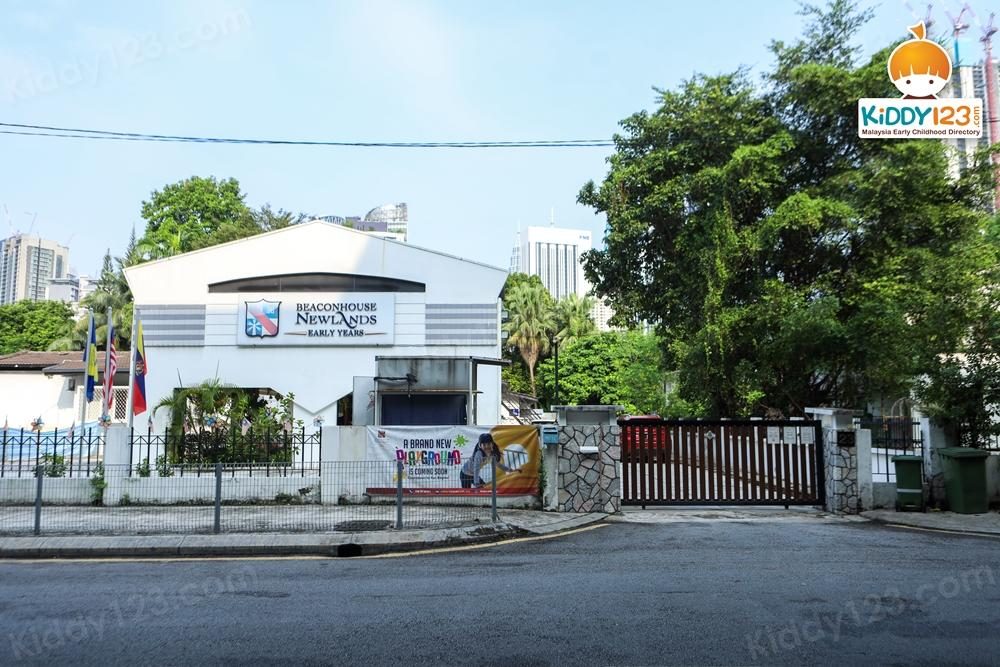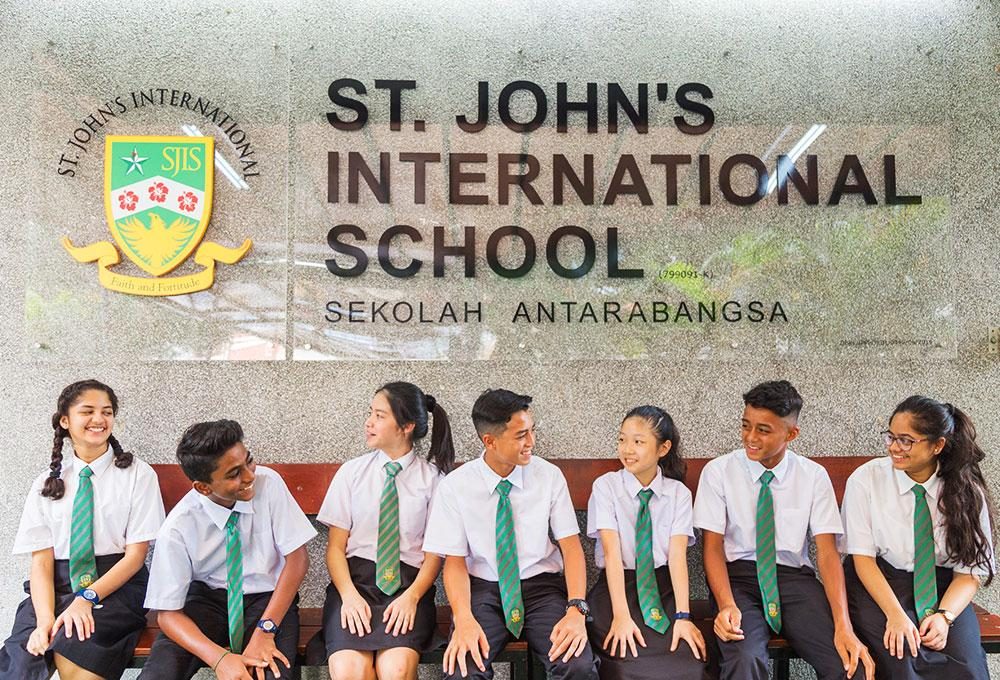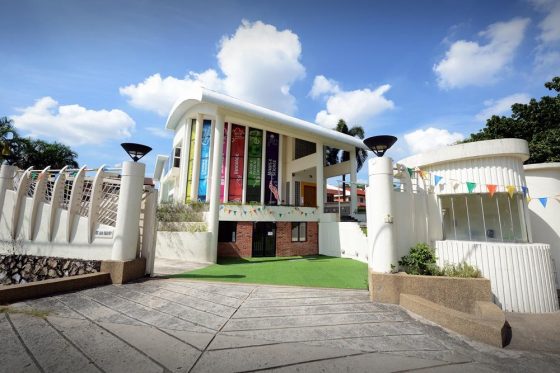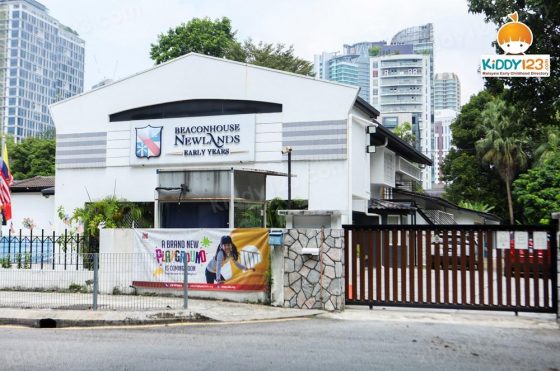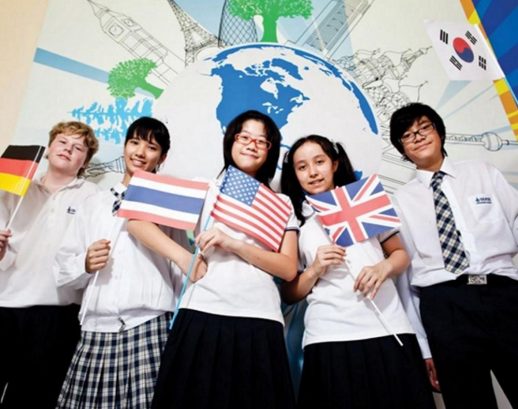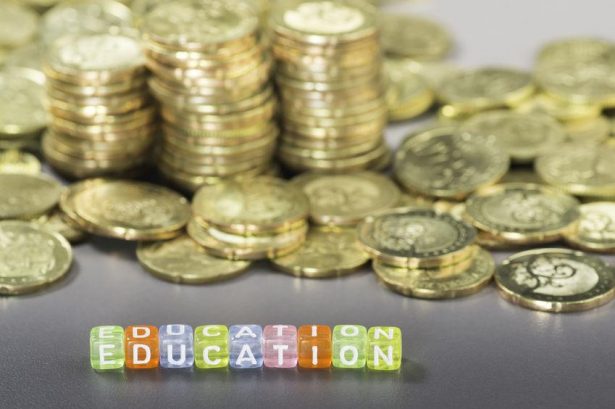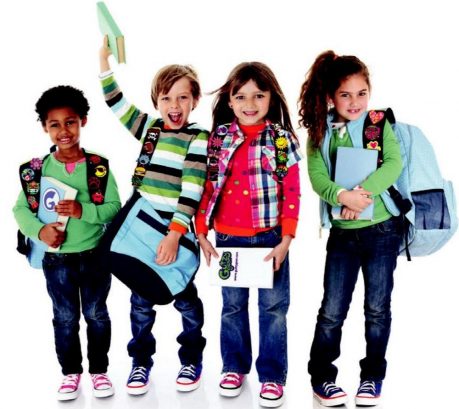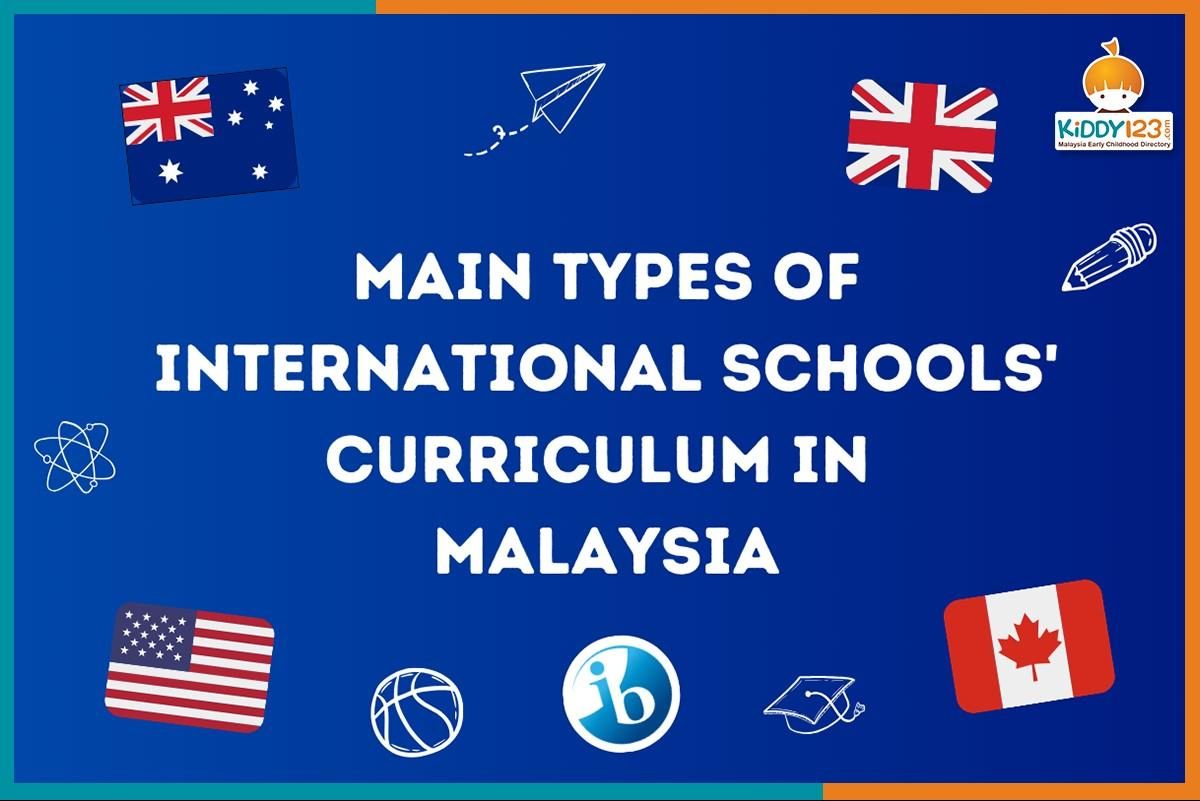Public School vs Private School
by on 08/11/2023 ...
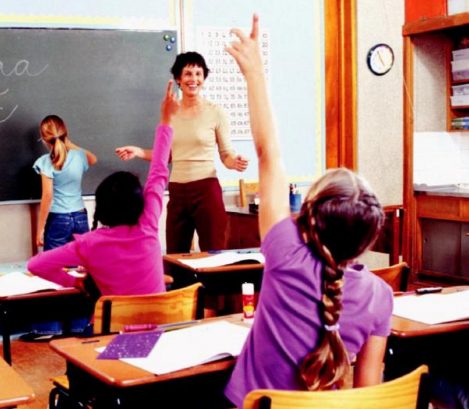
In a bid by our Education Ministry to improve the quality of education in public schools, the whole system has gone through many changes throughout its existence. For instance, the medium of instruction for science and mathematics subjects was changed from our national language Bahasa Malaysia to English before reverting back to Bahasa Malaysia. Also, two of the national exams, Ujian Pencapaian Sekolah Rendah (UPSR) and Penilaian Menengah Rendah (PMR) have been abolished and changed to PBS, a new school-based assessment system. While these changes are no doubt for the betterment of all, many parents who can afford it are still opting to turn to private schools for their children’s educational needs. This has resulted in the mushrooming of private schools all over the country in the past few years.
Like everything else in life, the choice between public schools and private schools comes with its own set of pros and cons. At the end of the day, it’s what parents are looking for that counts and sometimes, these are regardless of any pros and cons. Here, we study some of the main factors that make public schooling and private schooling different from one another.
ENROLLMENT AGE AND YEARS SPENT IN SCHOOL
As you might know, in public school, children begin their journey in formal school education at the age of 7 years and they finish off their high school at 17 years of age. After school, they will pursue their tertiary education in their chosen university. The average length of time students spend in their primary and secondary school is 10 years or 11 years depending on the situation. For instance, students who failed in their Bahasa Malaysia paper, which is the mandatory paper during their final exam in school may be required to spend an extra year in high school. They will be placed in a special class where they will spend one year to improve their articulacy of the national language.
In private schools however, children may begin schooling at the age of 6. So their journey begins earlier in formal education and they finish early too. At the age of 16 years old, they will be able to step into tertiary education.
COSTS
Something that most parents are curious (and anxious!) to know about. This is one of the main factors that parents have to consider when deciding which school their children will go to. Public school is fully funded by the government and will cost parents close to nothing other than necessities such as schoolbag, exercise books and stationary. A small fee for the administration of the school will have to be paid too. School activities such as school trips, camps and such do not cost parents much. Canteen food too are considerably cheap.
Private schools where else, can be quite costly. They are funded by private companies or organizations and do not receive any monetary aid or subsidies other than from the parents. That is why parents will need to fork out all sorts of fees such as registrations and other non-refundable fees, boarding fees (if needed), even renovation fees for the school which may amount to quite a sum.
Fees not only vary from school to school, but also tend to rise as the student advances in his or her year. Parents will have to be prepared to pay a hefty total in school fees till their children graduate from school. Food is also more expensive at a private school, but in all fairness, the quality of the food offered is considerably higher than what is offered at public school canteens. Cost of extra activities such as field trips and others are also borne by parents.
MEDIUM OF INSTRUCTION
Bahasa Malaysia is the medium of instruction in public schools. While it helps us as Malaysians to preserve our identity, students still need to be proficient in English, which is used all over the world. Not all public schools have the capacity to ensure that students step out of school life being fluent in English where else at private schools, English is either the medium of instruction or the subject of English Language is taken very seriously. Students with good command of this international language will have no problems passing the English Proficiency Tests (EPT) such as IELTS, MUET or TOEFL which are important requirement to pursue a tertiary education.
STUDENTS TO TEACHERS RATIO
Classrooms in public schools have a bigger student to teachers ratio compared to private schools. Because of this, it’s a somewhat challenging task to offer personal attention and support to students and at the same time, teach what needs to be taught in the syllabus. Students who cannot catch up usually have to resort to tuition classes to keep up with the syllabus.
At private schools, the class sizes are generally smaller and a teacher has less students to teach at one time. At many good private schools, the teacher is also supported by a class assistant in a classroom. This enables more attention and support to be given to the students on a one-to-one basis. This in itself can be put down as one of the biggest advantages of paying more for a child’s schooling, where a student automatically feels more at liberty to ask questions till he or she fully understands a subject. This is somehow hard to accomplish at public schools and although there are teachers who go the extra mile to ensure that every student understands what being is taught, it is still rare.
References :
This article is tahen from SmartKids World Vol. 4
Contact: St. John’s International School, Bukit Nanas







